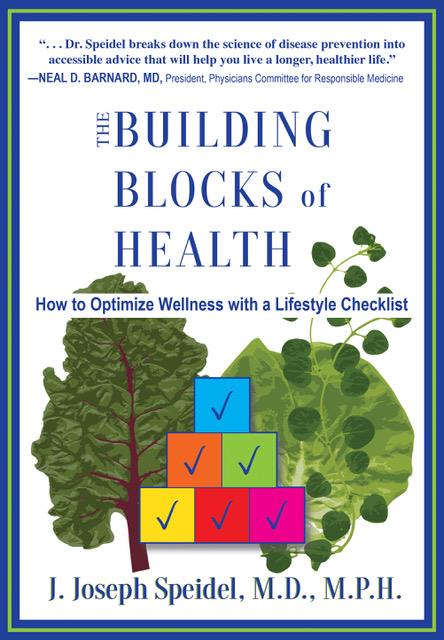 |
|||||||||
Is alcohol of any benefit to health? Moderate alcohol intake is often claimed to be beneficial to health, particularly for preventing heart disease, but this is mostly wishful thinking. The 2015 Dietary Guidelines Advisory Committee (DGAC) notes that although moderate intake of alcohol (among adults); associated with some positive health outcomes, it is not recommended that anyone begin drinking alcohol or drink more frequently based on potential health benefits because moderate alcohol intake also is associated with increased risk of violence, drowning, injuries from falls, motor vehicle crashes, and breast cancer. The DGAC points out that there are many circumstances in which people should not drink alcohol:
Approximately 60% of U.S. individuals report alcoholic beverage consumption in the past month. Of those, approximately 40% binge drink—consuming five or more drinks for men or four or more drinks for women during a drinking occasion—often multiple times per month. The lost productivity, medically-related costs, and costs to the legal and criminal justice systems from excessive alcohol consumption add up to $224 billion annually in the United States. The 2020 DGAC cited new scientific evidence about the harms of alcohol and strengthened previous recommendations to limit alcohol consumption. The new recommendation for those In addition to the health risks of consuming alcohol, the 2020 DGAC considers alcohol to be an important risk factor for, or contributor to, a variety of social and mental health problems, including depression, child abuse, and neglect, fetal alcohol spectrum disorder, motor vehicle crashes, domestic violence, sexual assault, vandalism and other property crimes, and nuisance violations. The bottom line is that the drawbacks of consuming alcohol nearly always outweigh the benefits. Note: This timely topic presents opinions and ideas and is intended to provide helpful general information, and is not for the purpose of rendering advice or services to the individual reader. The ideas, procedures, and suggestions that are presented are not in any way a substitute for the advice and care of the reader's own physician or other medical professional based on the reader's own individual conditions, symptoms, or concerns. If the reader needs personal medical, health, dietary, exercise, or other assistance or advice, the reader should consult a physician and/or other qualified health professionals. Catalyst for Children specifically disclaims all responsibility for any injury, damage, or loss that the reader may incur as a direct or indirect consequence of following any directions or suggestions given in this report or participating in any programs described in this report. For additional information, please consult the book: The Building Blocks of Health––How to Optimize Your Health with a Lifestyle Checklist by J. Joseph Speidel MD, MPH, available in print or downloaded at Amazon, Apple, Barnes and Noble and elsewhere.
|
|
|||

